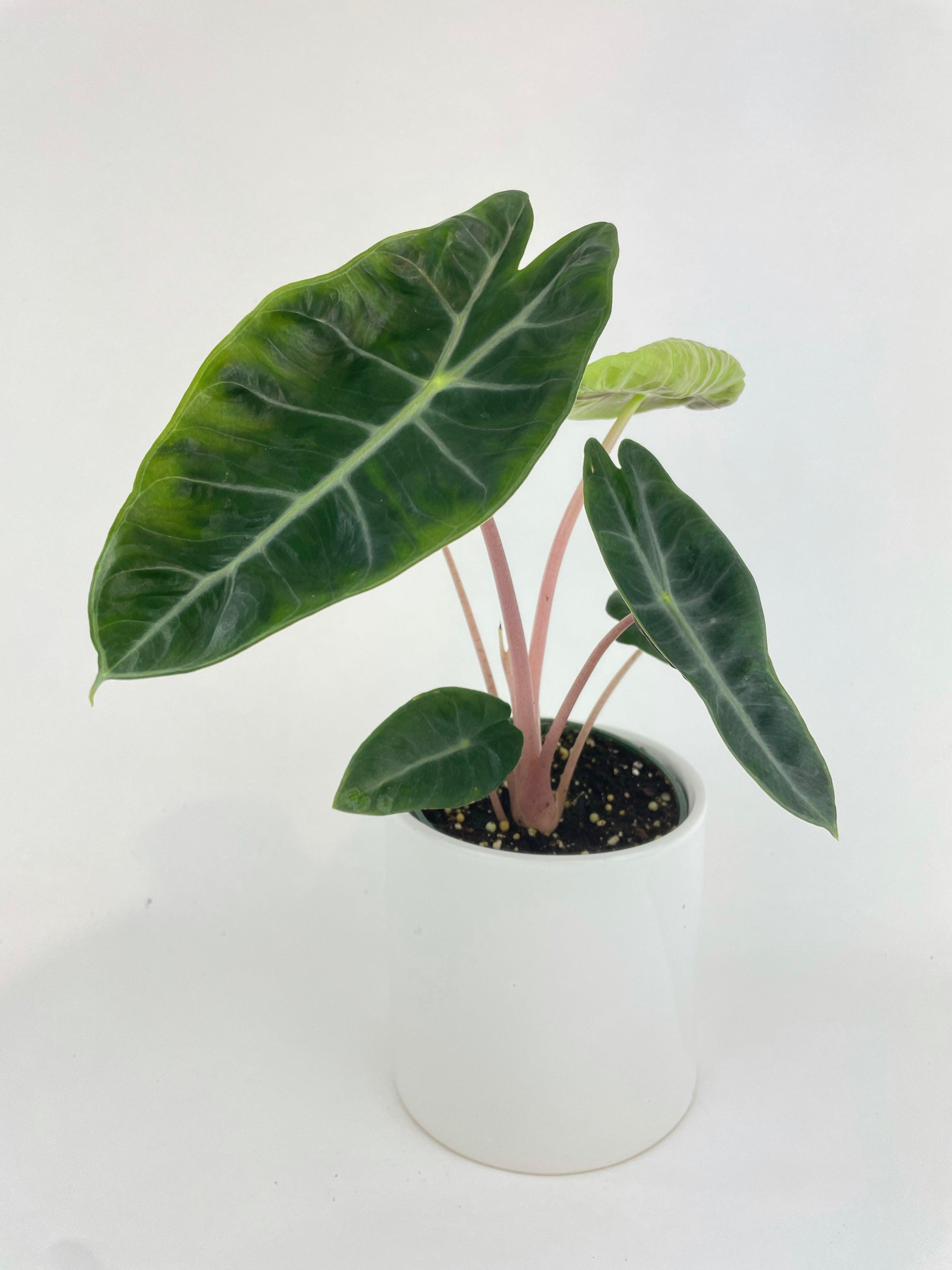How to Propagate Houseplants
Welcome to the ultimate guide on propagating houseplants! Whether you're a seasoned plant parent looking to expand your indoor jungle or a newbie green thumb eager to grow your collection, you've come to the right place. Propagating houseplants is a rewarding and satisfying process that allows you to multiply your plant collection, share with friends, or simply enjoy the fulfillment of nurturing new life. In this comprehensive guide, we'll delve into everything you need to know about propagating houseplants, from understanding the basics to mastering advanced techniques. So grab your gardening tools and let's dive in.
Understanding Propagation
Propagation is the process of growing new plants from various plant parts such as seeds, cuttings, or divisions. Regarding houseplants, propagation primarily involves taking cuttings from parent plants and encouraging them to root and grow into new plants. Understanding the basics of propagation is crucial for successful plant propagation. Let's explore the key concepts:
Types of Propagation
Houseplants can be propagated through various methods, including stem cuttings, leaf cuttings, division, and layering. Each method has its own set of advantages and ideal scenarios.
Plant Growth Hormones
Plant growth hormones, such as rooting hormones, can enhance propagation success rate by stimulating root development and overall growth. These hormones are available in different forms, including powders, gels, and liquids.
Propagation Medium
Choosing the right propagation medium is essential for providing optimal conditions for root development. Common propagation mediums include potting soil, perlite, vermiculite, or a mixture of these.
Environmental Factors
Factors such as temperature, humidity, and light play a significant role in the success of propagation. Providing the ideal environment will promote healthy root growth and overall plant development.
Selecting Suitable Houseplants for Propagation
Before diving into the propagation process, it's essential to choose the right houseplants for propagation. Not all plants propagate equally well, so selecting suitable candidates will increase your chances of success. Here's what to consider:
Suitable Plant Species
Some houseplants are more conducive to propagation than others. Look for plants known for their ease of propagation, such as pothos, spider plants, philodendrons, and snake plants. These species are often resilient and quick to root, making them ideal choices for beginners.
Healthy Parent Plants
Start with healthy parent plants exhibiting vigorous growth and no signs of disease or pest infestation. Healthy parent plants are more likely to produce viable cuttings with robust growth potential.
Mature Specimens
Choose mature specimens for propagation, as they tend to have a higher success rate compared to young or immature plants. Mature plants have developed stronger root systems and are better equipped to support the growth of new shoots.
Variegated Varieties
Consider propagating variegated varieties of houseplants for their unique and visually appealing foliage. Variegated plants add interest and diversity to your indoor garden and are highly sought after by plant enthusiasts.
Preparing for Propagation
Before you start propagating your houseplants, it's crucial to prepare adequately to ensure the best possible outcomes. Proper preparation sets the stage for successful propagation and helps minimize stress on both the parent plant and the cuttings. Here are the essential steps to prepare for propagation:
Gather Materials
Collect all the necessary materials for propagation, including sharp, clean scissors or pruning shears, a suitable propagation medium (such as potting soil, perlite, or water), small pots or containers, and optional rooting hormone.
Choose Propagation Method
Decide on the propagation method that best suits the plant species you're propagating and your preferences. Common methods include stem cuttings, leaf cuttings, division, and layering.
Select Healthy Cuttings
Carefully select healthy cuttings from the parent plant, ensuring they are free from damage, disease, or pest infestation. Choose stems or leaves with firm, healthy growth, and avoid those that are overly woody or succulent.
Prepare Cuttings
Use sharp, clean scissors or pruning shears to take cuttings from the parent plant. Make clean cuts just below a node (the point where leaves or branches emerge), as this is where new roots will form. Remove any excess leaves or foliage from the lower portion of the cutting to prevent rotting in the propagation medium.
Optional Rooting Hormone
If desired, dip the cut end of each cutting into rooting hormone powder or gel to promote faster root development. While rooting hormone is not always necessary, it can improve the success rate of propagation, especially for harder-to-root plants.
Providing Optimal Conditions for Rooting
Creating the right environment is essential for encouraging successful root development during the propagation process. Proper care and attention to environmental factors will increase the likelihood of your cuttings establishing healthy roots and thriving as new plants. Here's how to provide optimal conditions for rooting:
Temperature
Maintain a consistent temperature range conducive to root growth. Most houseplants prefer temperatures between 65°F to 75°F (18°C to 24°C). Avoid extreme temperature fluctuations, as they can stress the cuttings and hinder root development.
Humidity
Maintain high humidity levels around the cuttings to prevent them from drying out. You can increase humidity by placing the cuttings in a humid environment, such as a greenhouse, or terrarium, or using a humidity dome or misting the cuttings regularly.
Light
Provide bright, indirect light for the cuttings to encourage photosynthesis and overall growth. Avoid placing them in direct sunlight, as it can scorch delicate new growth. A north-facing window or filtered light from a sheer curtain is ideal for most houseplants.
Watering
Keep the propagation medium consistently moist but not waterlogged. Overly wet conditions can lead to rotting, while dry conditions can cause the cuttings to wilt. Water the cuttings when the top inch of the propagation medium feels dry to the touch, and ensure excess water can drain freely from the container.
Air Circulation
Maintain good air circulation around the cuttings to prevent fungal diseases and promote healthy growth. Avoid overcrowding the cuttings or placing them in stagnant air environments.
Monitoring and Care During Rooting
Once you've prepared your cuttings and provided optimal conditions for rooting, it's essential to monitor their progress and provide ongoing care to ensure successful establishment. Regular observation and adjustments will help you identify any issues early and address them promptly, maximizing the chances of successful propagation. Here's how to monitor and care for your cuttings during the rooting process:
Regular Inspection
Check your cuttings regularly for signs of root development, new growth, or any potential issues such as wilting, yellowing leaves, or mold. Inspect both the above-ground foliage and the root zone to ensure everything is progressing as expected.
Watering
Maintain consistent moisture levels in the propagation medium by watering as needed. Avoid overwatering, which can lead to root rot, and underwatering, which can cause the cuttings to wilt and fail to root. Adjust your watering frequency based on environmental conditions and the moisture level of the medium.
Fertilization
Avoid fertilizing newly propagated cuttings until they have established a robust root system. Once roots have developed and new growth is evident, you can begin fertilizing with a diluted, balanced fertilizer to provide essential nutrients for healthy growth.
Protection from Pests and Diseases
Keep an eye out for pests such as aphids, mealybugs, or fungus gnats, which can infest cuttings and hinder rooting. If pests are detected, treat them promptly using appropriate methods such as insecticidal soap or neem oil. Additionally, ensure good air circulation and avoid overcrowding to prevent fungal diseases.
Transplanting Rooted Cuttings
Once your cuttings have developed strong, healthy root systems, it's time to transplant them into their pots to continue their growth journey. Transplanting rooted cuttings requires care and attention to avoid damaging delicate roots and ensure a smooth transition to their new containers. Here's how to transplant rooted cuttings successfully:
Prepare New Containers
Select clean, appropriately sized pots for transplanting your rooted cuttings. Choose containers with drainage holes to prevent waterlogging and use fresh potting soil suitable for the specific plant species you're transplanting.
Gently Remove Cuttings
Carefully remove the rooted cuttings from their propagation medium, taking care not to damage the delicate roots. Gently tease apart any roots that may have intertwined during propagation to ensure each cutting can be transplanted separately.
Planting
Create a small hole in the center of the new pot and carefully place the rooted cutting into the hole, ensuring the roots are spread out and positioned evenly. Fill in the space around the cutting with fresh potting soil, pressing lightly to secure the plant in place.
Watering
After transplanting, water the newly potted cuttings thoroughly to settle the soil and provide hydration to the roots. Allow any excess water to drain away, ensuring the soil is evenly moist but not soggy.
Placement
Choose an appropriate location for the newly transplanted cuttings based on their light and humidity requirements. Avoid placing them in direct sunlight or drafty areas, as they may experience stress during the transition period.
Conclusion
Propagation is a journey of patience and perseverance. While not every cutting may root successfully, each attempt provides valuable learning experiences and opportunities for growth. With proper care, attention to detail, and a little bit of luck, you'll soon be surrounded by a lush and vibrant collection of propagated houseplants, adding beauty and greenery to your indoor space.










































